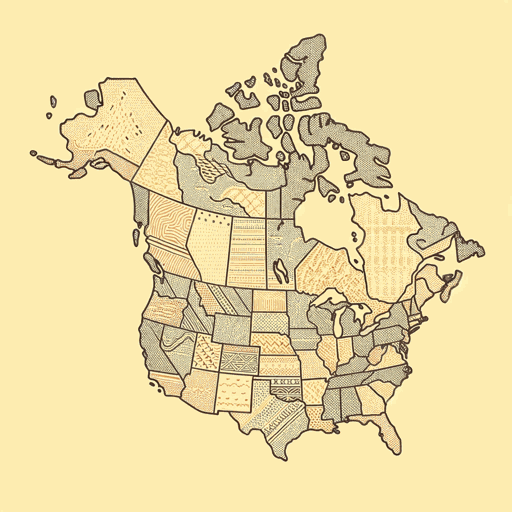61 pages • 2 hours read
Colin WoodardAmerican Nations: A History of the Eleven Rival Regional Cultures of North America
Nonfiction | Book | Adult | Published in 2011A modern alternative to SparkNotes and CliffsNotes, SuperSummary offers high-quality Study Guides with detailed chapter summaries and analysis of major themes, characters, and more.
Symbols & Motifs
Nations
Woodard refers to the different cultural and political regions of the United States and Canada as nations, rather than regions. His intent is to stress that these areas are not merely just part of the United States but are separate from each other and have their own cultural histories, belief systems, and politics. He writes that “a nation is a group of people who share—or believe they share—a common culture, ethnic origin, language, historical experience, artifacts, and symbols” (3). Unlike the areas of a more cohesive, smaller nation, the US is divided into areas that are culturally so different that they are more like different nations.
Alliances
Woodard uses the term “alliances” to refer to the coalitions that formed between and among different sections of the country. An alliance is generally a political agreement between nations to cooperate and push forward a common military and political agenda. Woodard is using this term in a different way. He means it to refer to informal, unwitting coalitions between different parts of the country. For example, Yankeedom, New Netherland, and the Left Coast form the Northern Alliance, while Appalachia, the Deep South, and the Tidewater form the Dixie bloc, another alliance. These nations did not sign or agree to a formal alliance, but they have common cultural heritages and often work together politically.

